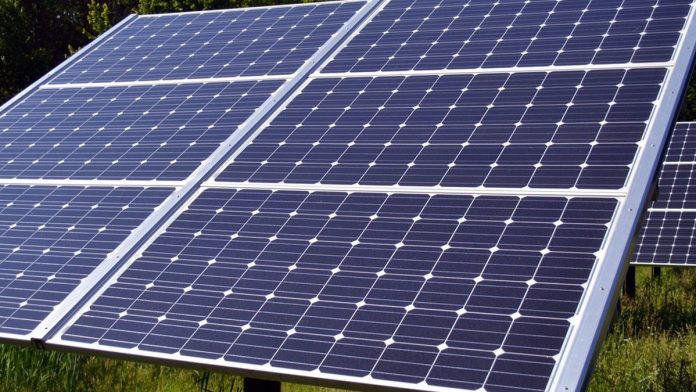The role of high-efficiency concentrated solar power (CSP) in achieving net-zero emissions is becoming increasingly significant as global leaders and organizations strive to mitigate the impacts of climate change. With the Paris Agreement’s goal of limiting global warming to well below 2 degrees Celsius, transitioning to renewable energy sources is essential. As one of the most promising renewable energy technologies, CSP has the potential to play a crucial role in decarbonizing the global energy sector and achieving net-zero emissions.
CSP technology harnesses the sun’s energy by using mirrors or lenses to concentrate sunlight onto a small area, typically a tower or receiver, where it is converted into heat. This heat is then used to generate electricity through a steam turbine or other heat engine. Unlike photovoltaic (PV) solar panels, which directly convert sunlight into electricity, CSP systems can store thermal energy for extended periods, allowing for electricity generation even when the sun is not shining. This makes CSP a reliable and dispatchable source of renewable energy, capable of providing baseload power and grid stability.
One of the key advantages of CSP technology is its high efficiency. Modern CSP plants can achieve efficiencies of up to 45%, significantly higher than the average efficiency of PV solar panels, which typically ranges between 15% and 20%. This means that CSP systems can generate more electricity from the same amount of sunlight, making them an attractive option for large-scale power generation. Furthermore, as CSP technology continues to advance, efficiencies are expected to increase even further, making it an increasingly competitive renewable energy source.
Another important aspect of CSP technology is its potential for integration with other energy sources and technologies. For example, CSP plants can be combined with natural gas or biomass facilities to create hybrid power plants, ensuring a continuous supply of electricity even during periods of low solar irradiance. Additionally, the thermal energy storage capabilities of CSP systems can be utilized to provide grid stability and support the integration of other intermittent renewable energy sources, such as wind and PV solar.
In recent years, there has been a growing interest in the development of high-efficiency CSP projects around the world. Countries with abundant solar resources, such as those in the Middle East and North Africa, are particularly well-suited for CSP deployment. The Noor Ouarzazate complex in Morocco, for example, is the world’s largest CSP plant, with a total capacity of 580 megawatts (MW) and the ability to provide electricity to over one million people. As more CSP projects come online, the cost of the technology is expected to decrease, making it an even more attractive option for large-scale renewable energy generation.
However, despite its many advantages, CSP technology still faces several challenges that must be addressed in order to fully realize its potential in achieving net-zero emissions. One of the main barriers to CSP deployment is its relatively high upfront capital costs compared to other renewable energy technologies. Additionally, CSP plants require large areas of land with high direct normal irradiance (DNI), which can limit their applicability in certain regions.
To overcome these challenges, governments and organizations must continue to invest in research and development to improve the efficiency and cost-effectiveness of CSP technology. Furthermore, supportive policies and incentives, such as feed-in tariffs and tax credits, can help to level the playing field for CSP and encourage its widespread adoption.
In conclusion, high-efficiency concentrated solar power has the potential to play a significant role in achieving net-zero emissions and combating climate change. As technology advances and costs decrease, CSP is poised to become an increasingly important component of the global energy mix, providing reliable, dispatchable, and sustainable power to millions of people around the world. By investing in the development and deployment of CSP technology, we can take a critical step towards a cleaner, greener, and more resilient energy future.






